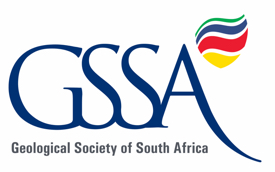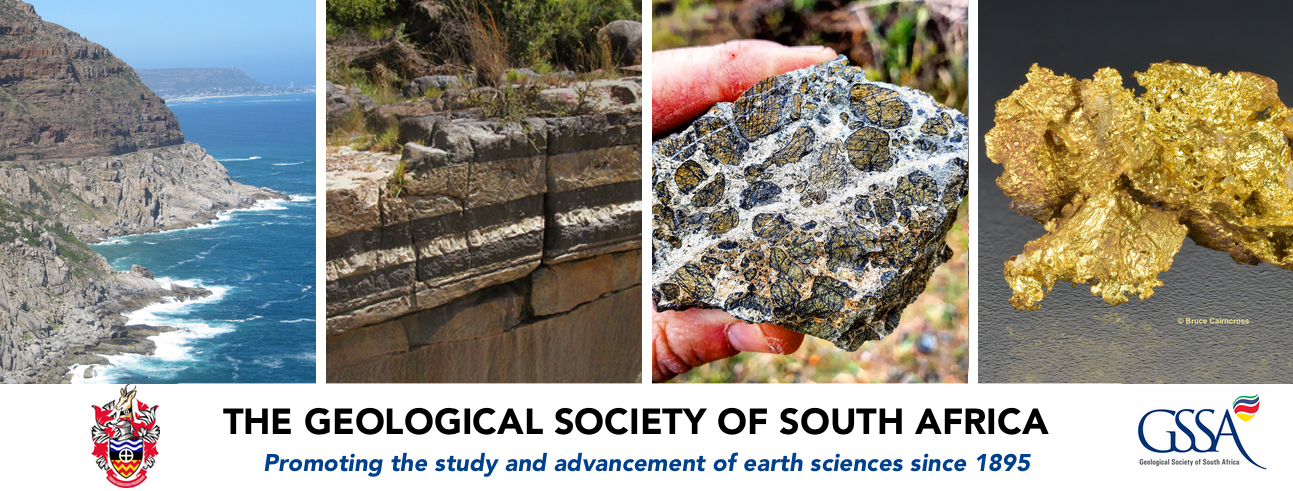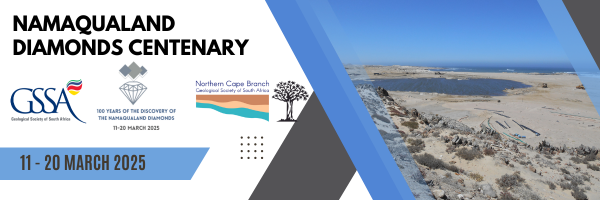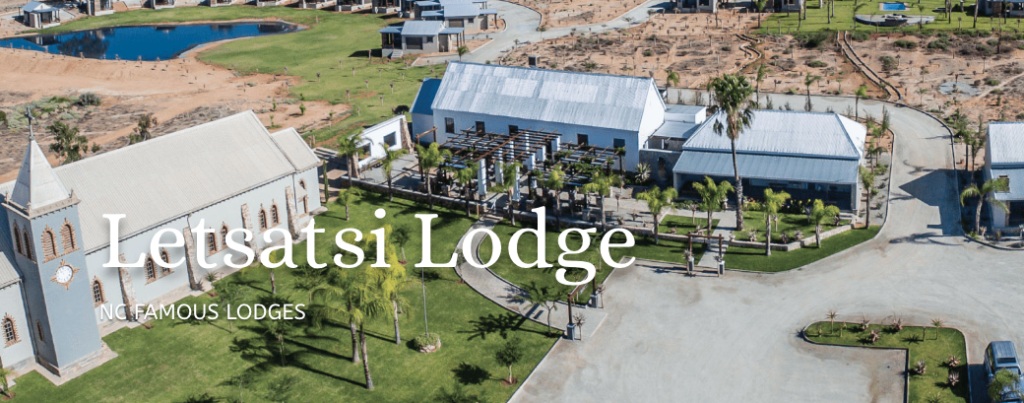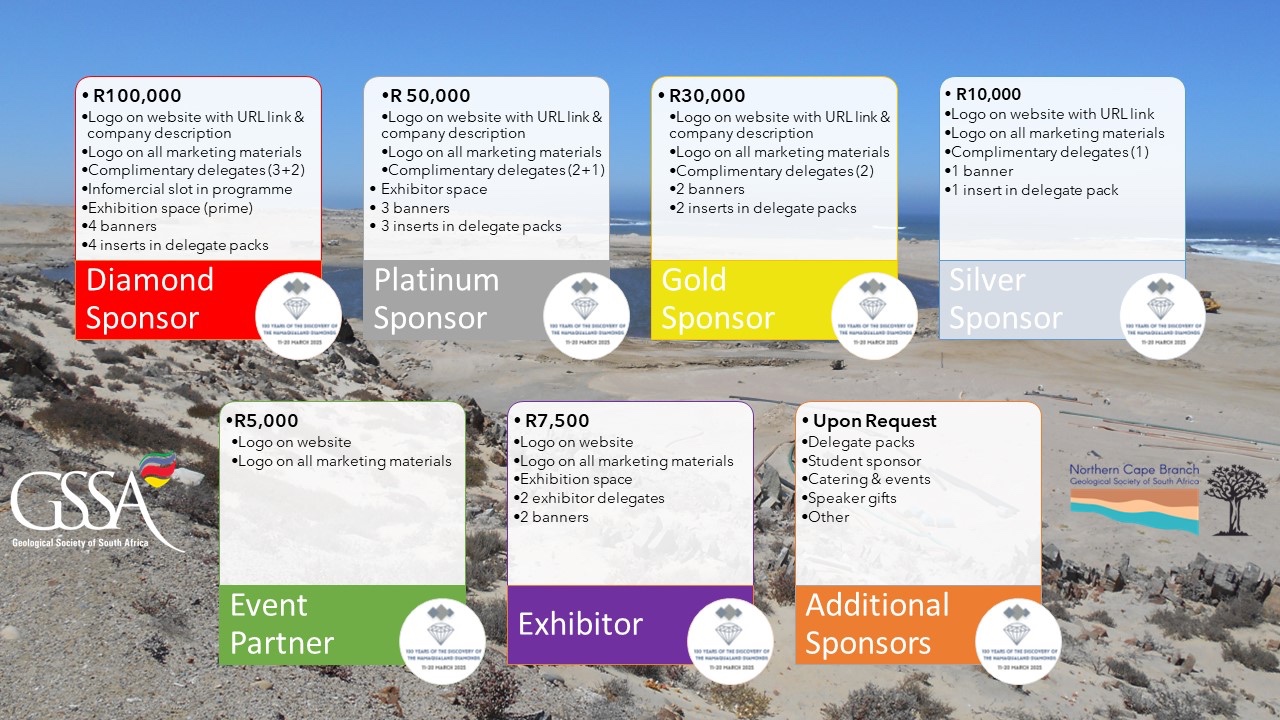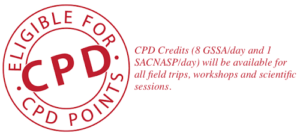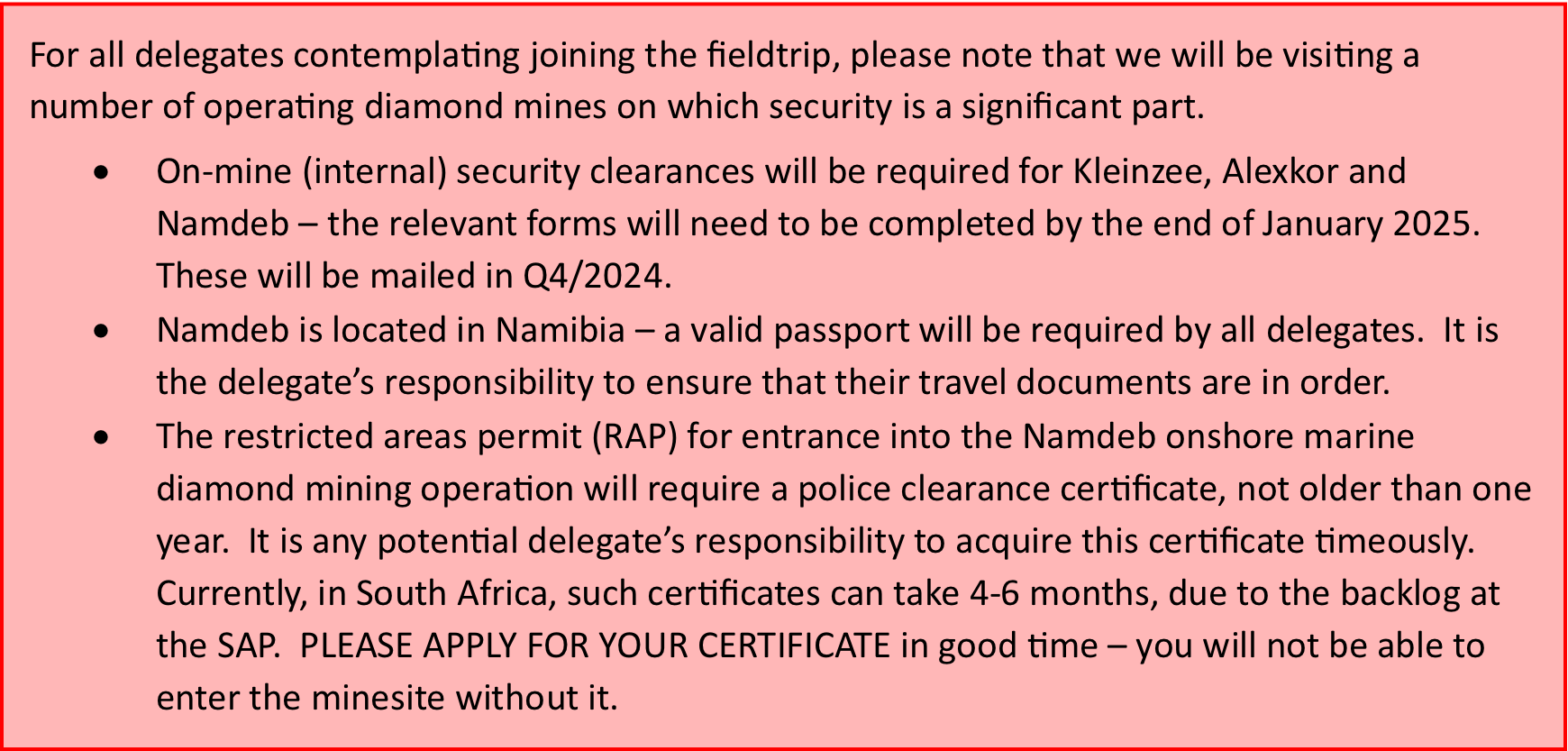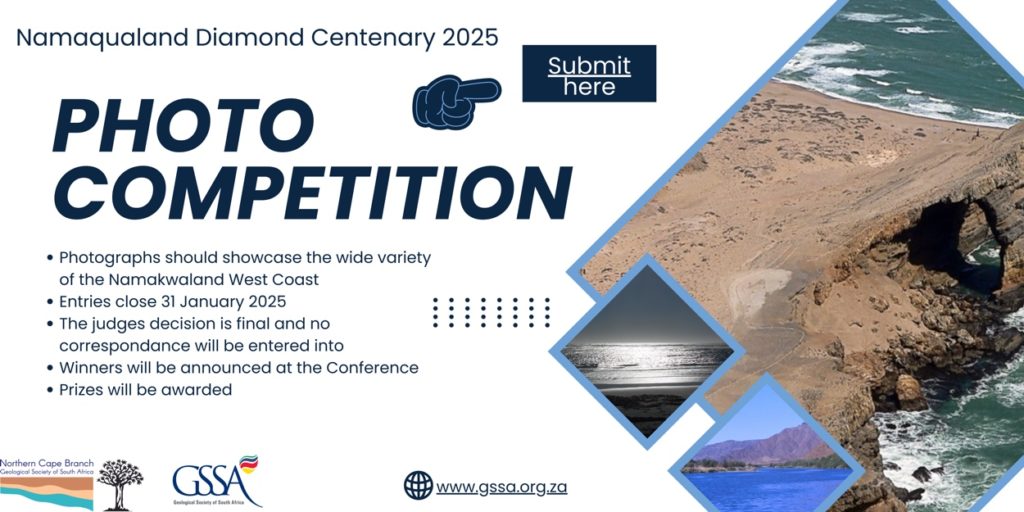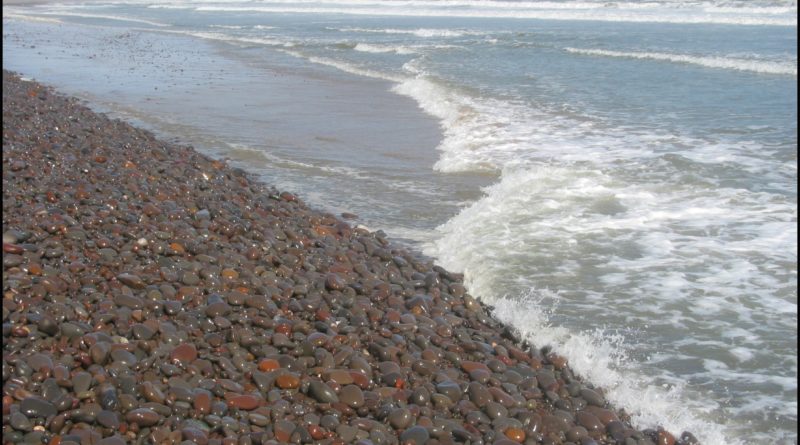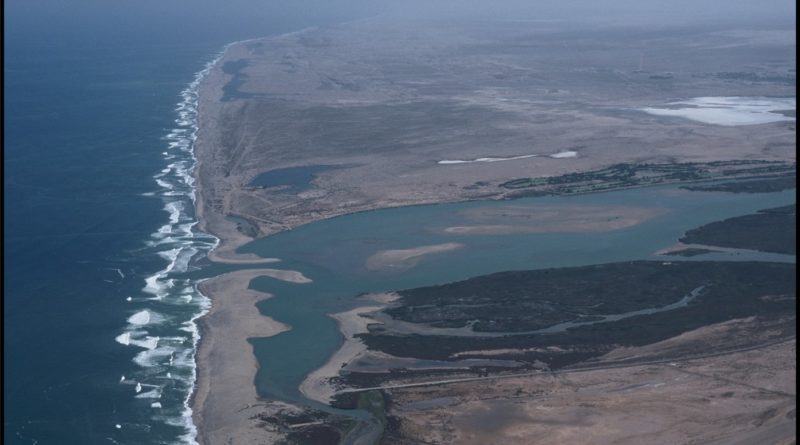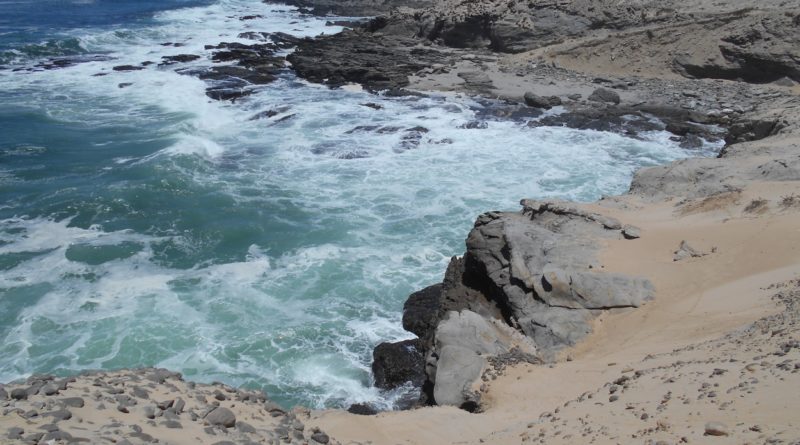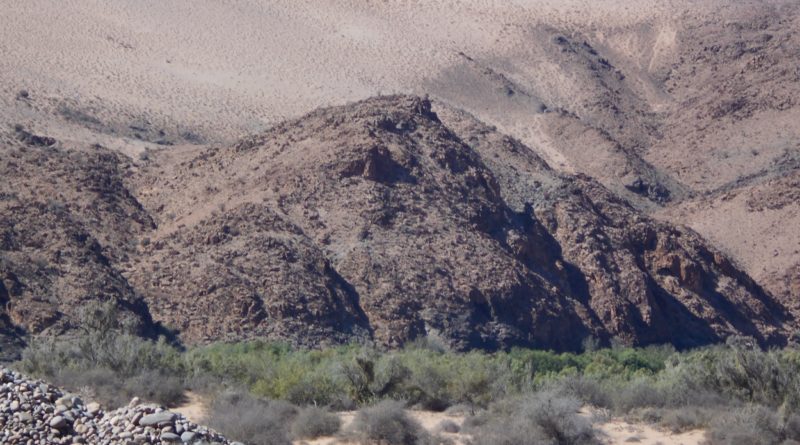Namaqualand Diamonds Centenary 2025
The GSSA and the Northern Cape Branch invite you to join us in celebrating some 100 years of diamonds on the Namaqualand West Coast of South Africa – the people, the science, the history, the environment and the geology – where did the diamonds come from, how did they get there and where did they go? A two-day conference (with oral and poster presentations) followed by a week-long field trip (Quaggaskop, Hondeklip Bay/Kooingnaas, Kleinzee/Buels River, Alexkor, LOR alluvial deposits and Oranjemund) are planned for 11-20 March 2025.
REGISTRATIONS OPEN
 |
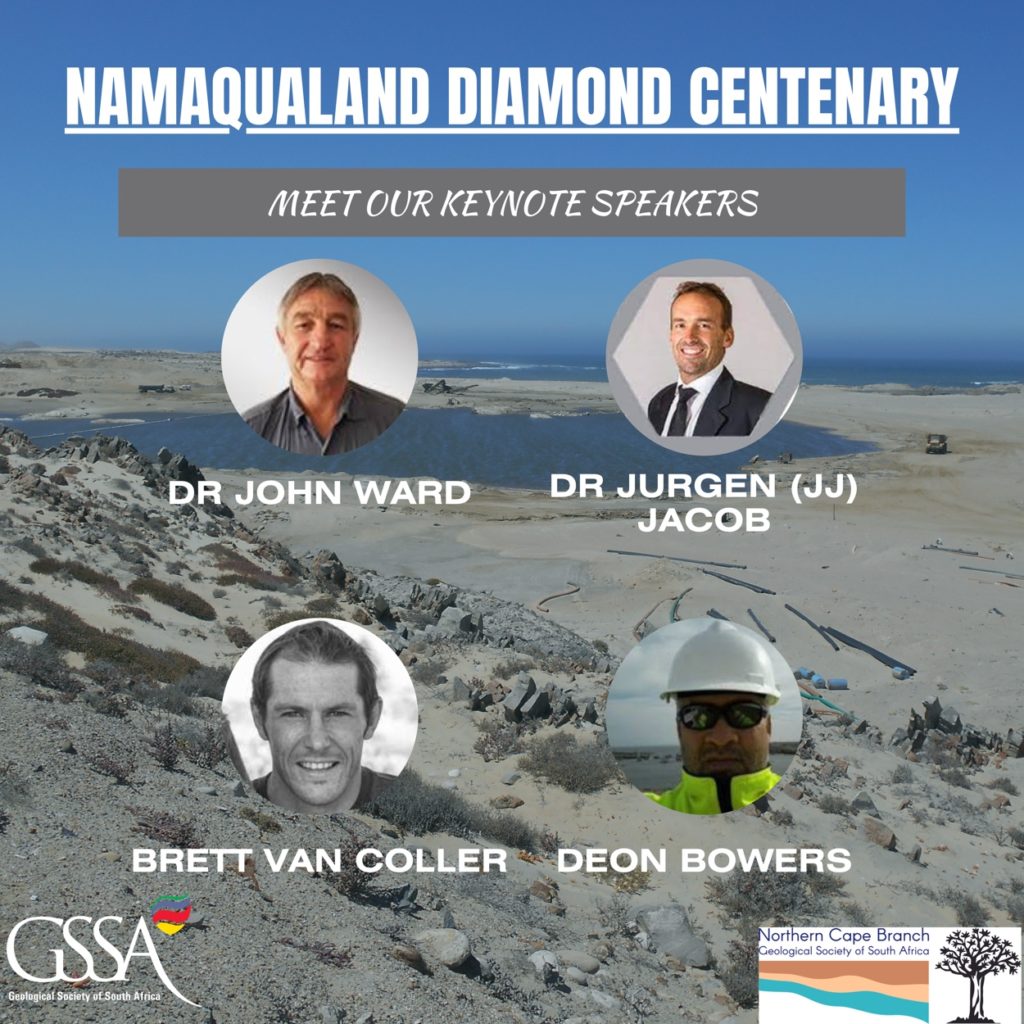 |
SECOND CIRCULAR
ABSTRACT SUBMISSION
 Please submit your abstract for a paper/poster in the attached (Word) format by Friday 28 June 2024.
Please submit your abstract for a paper/poster in the attached (Word) format by Friday 28 June 2024.
- Email your abstract to Dr Tania R Marshall (marshall.tania@gmail.com)
- Include in your email whether you prefer an oral or poster presentation (we will try to accommodate your preference, but should we receive too many applications for oral presentations, we may request that a poster be presented instead). The final decision will be made by the scientific committee.
- Also, indicate if you will submit a full peer-reviewed paper for this conference or if you will be doing a stand-alone presentation (oral or poster).
- Indicate in your email whether you are a student (and include your University and degree for which you are currently registered)
SPECIAL ISSUE OF THE SOUTH AFRICAN JOURNAL OF GEOLOGY (SAJG)
It is planned to publish as many as possible of the papers presented at this conference in a Special Issue of the SAJG. More specific details will be provided in due time, but prospective authors are requested to familiarise themselves with the requirements of the Journal. Please note that all submissions to the Journal must be scientific in nature, as opposed to purely technical reports.
VENUE (VANRHYNSDORP)
The technical sessions will be held at the LETATSI LODGE & CONFERENCE VENUE in Vanrhynsdorp.
A limited amount of accommodation is available at the Letatsi Lodge. Although alternative accommodation is available in and around Vanrhynsdorp, early booking is recommended.
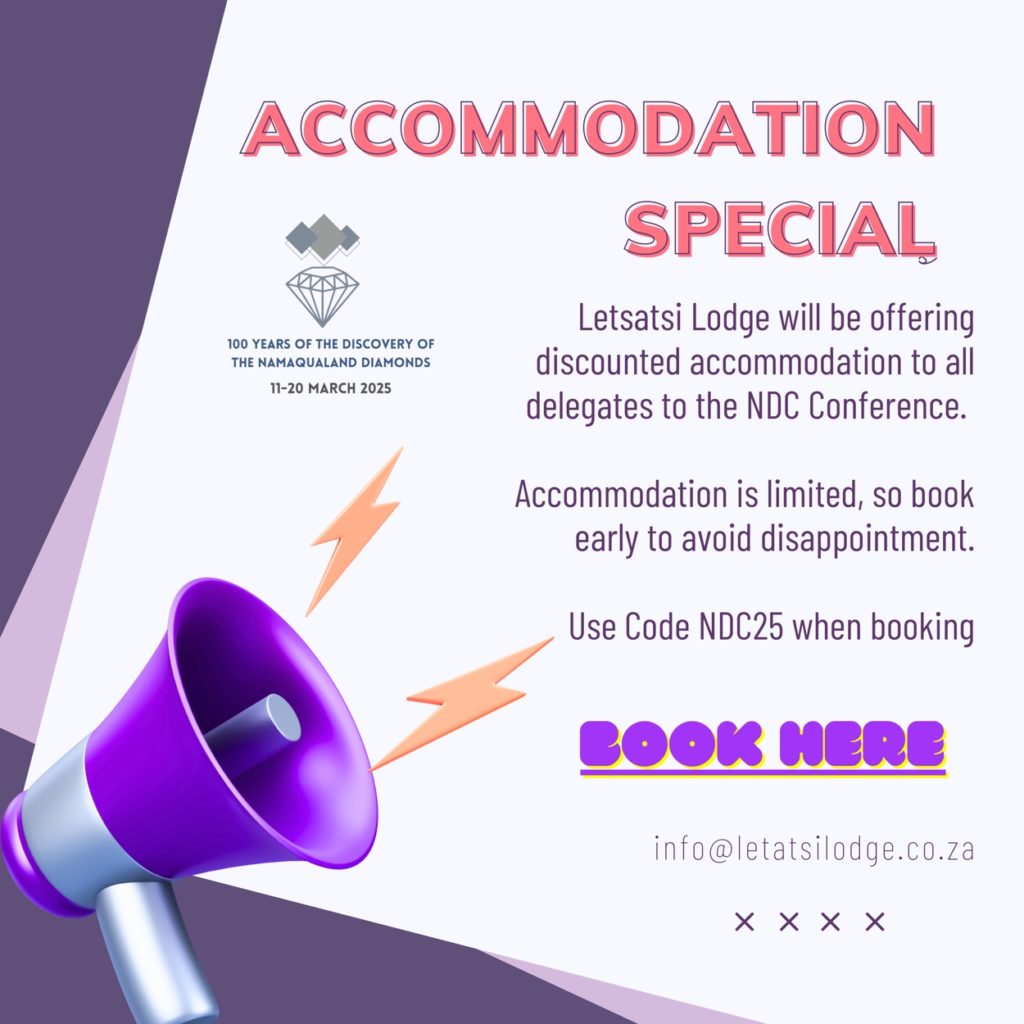 |
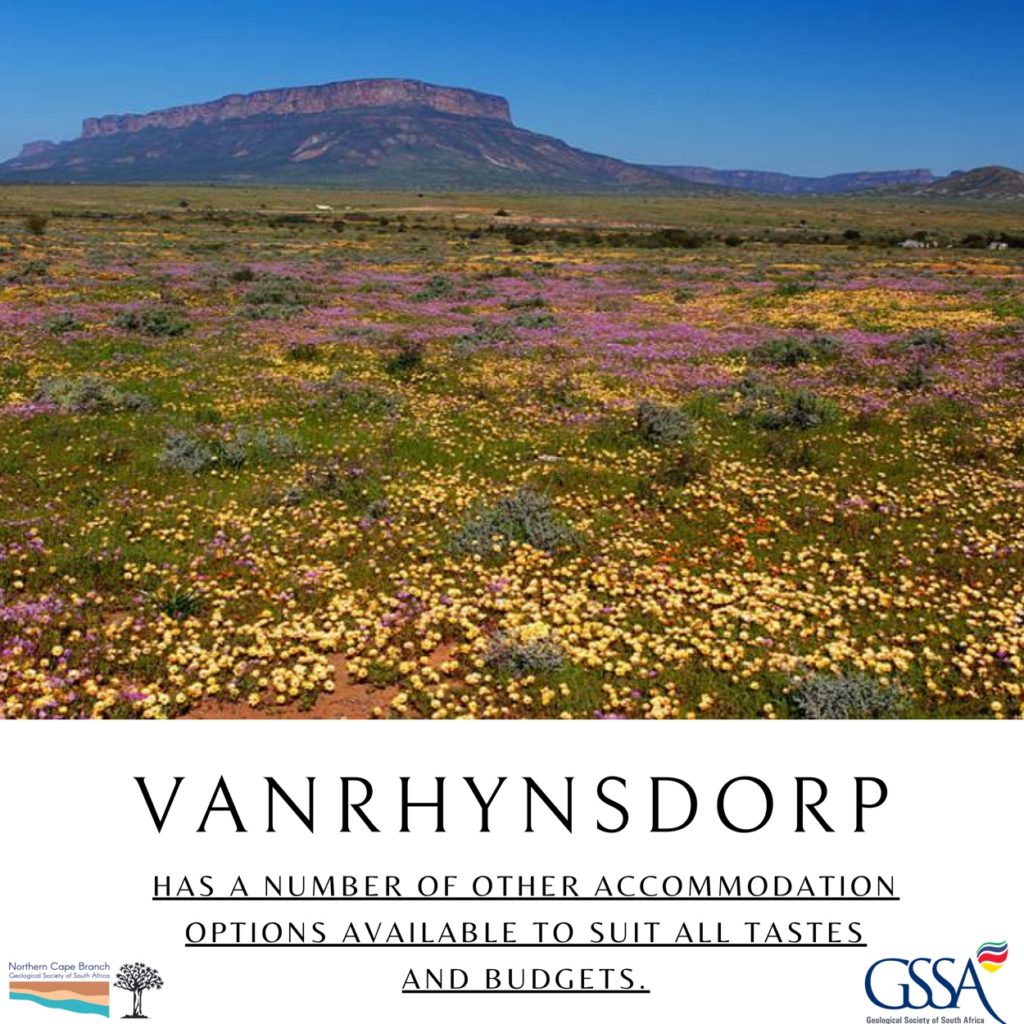 |
Sponsorship
Contact sponsorship@gssa.org.za to book your Sponsorship Package.
PRELIMINARY PROGRAMME
 Pre-Conference site visit (Tuesday 11th March 2025)
Pre-Conference site visit (Tuesday 11th March 2025)
- Arrive at the Conference Venue (Letsatsi Lodge in Vanrhynsdorp).
- Own transport and accommodation arrangements.
- Wine tasting and lunch at Lutzville Vineyards
- Set up of posters and exhibition
Technical/Scientific Sessions
Wednesday 12th March
- Technical session
- Poster session and finger supper
- Technical Session
- Dinner
POST CONFERENCE FIELD TRIP
The field trip has a maximum capacity of 40 persons. Book early to avoid disappointment. Download the field trip information booklet for more details.
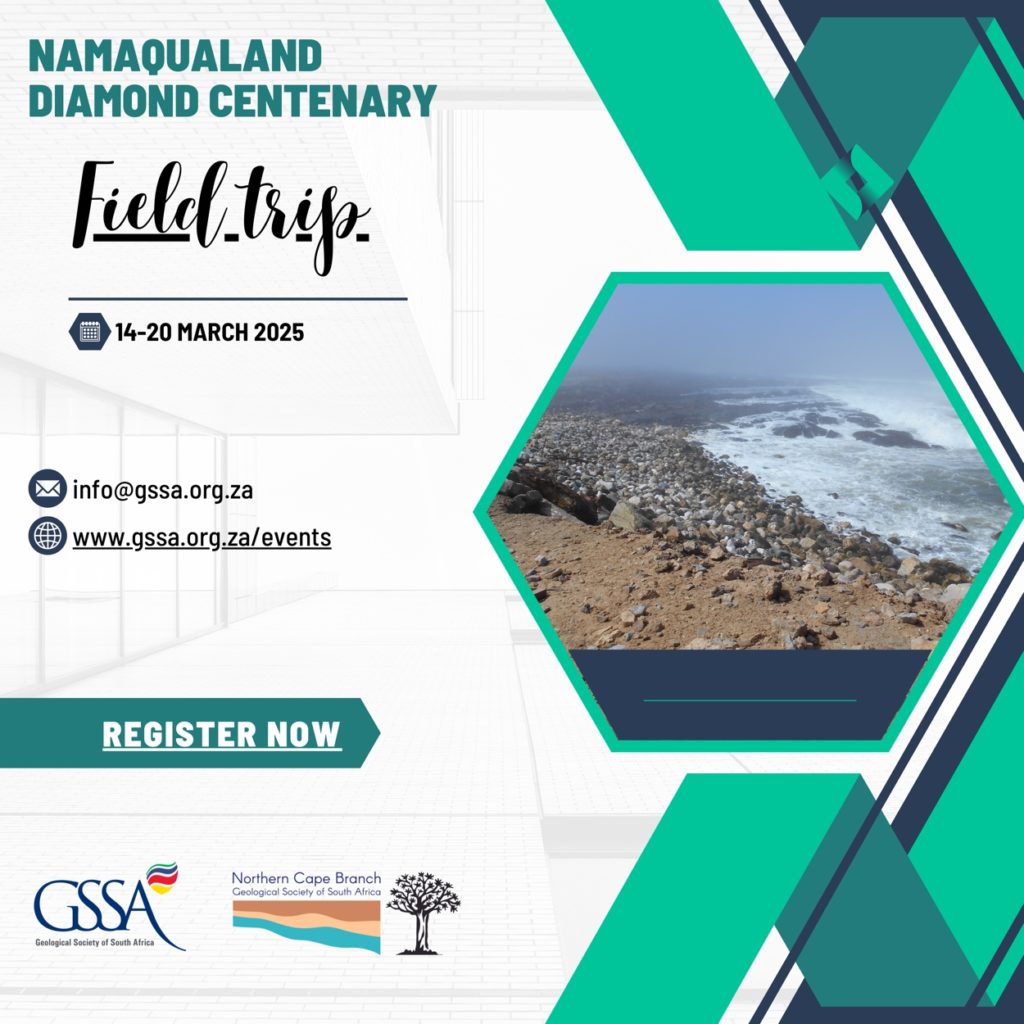 |
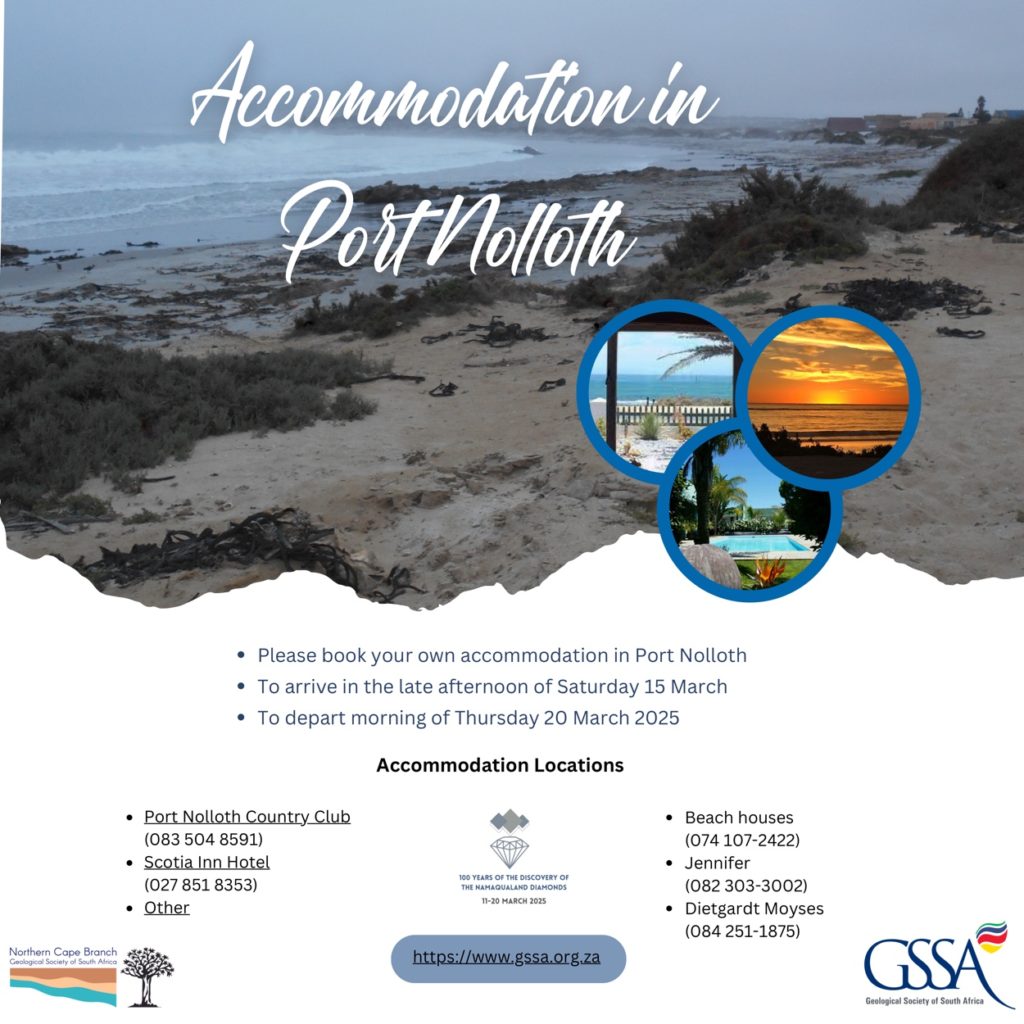 |
PHOTOGRAPH COMPETITION
CONTACT
Tania Marshall/Loni Gallant (info@gssa.org.za) or Kate James-Kleynhans (sponsorship@gssa.org.za)
